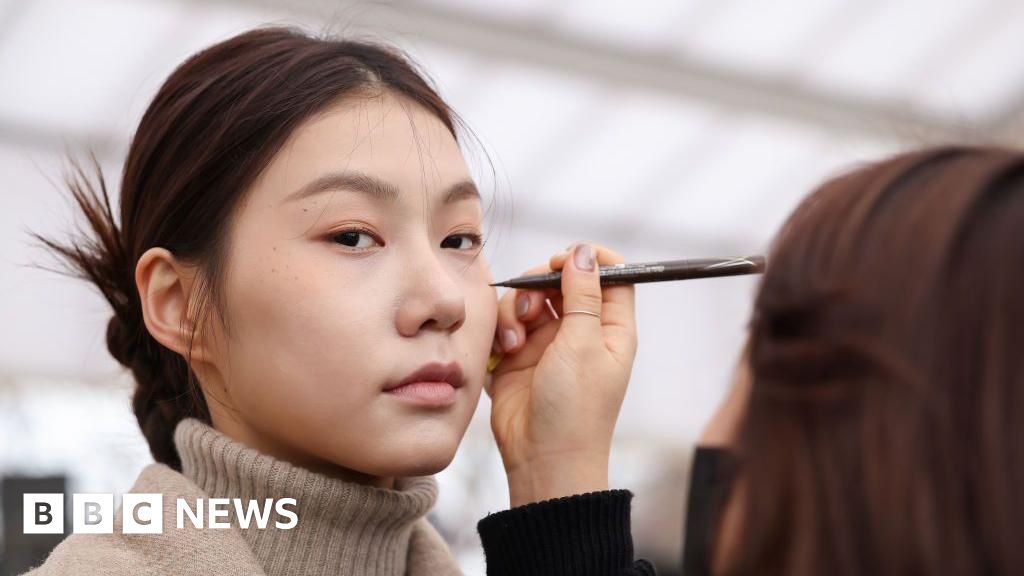Introduction to K-Beauty
Cars and smartphones are some of the largest exports from South Korea to the USA, but few products have as dedicated a following as the country’s beauty products. K-Beauty, a term that encompasses a wide range of skincare, makeup, and cosmetics from South Korea, is renowned for its quality and value, driving increasing demand in recent years.
The Rise of K-Beauty
The global appeal of South Korean culture has also contributed to the popularity of its cosmetics. Pearl Mak, a 27-year-old graphic designer in the USA, was introduced to K-beauty products by her friends. She finds that South Korean serums are more suitable for her skin than some Western brands, which are often harsher. Now, "95% of my skincare consists of K-beauty products," she adds. Mak is not alone in her preference for South Korean skincare. According to industry estimates, Americans spent $1.7 billion on K-beauty products in 2024, a more than 50% increase from the previous year.
Unique Ingredients and Attractiveness
K-Beauty products are often more affordable than their Western counterparts and feature ingredients that are less common in the West, such as ginseng and snail mucin. These unique ingredients, combined with their affordability, have made K-beauty products highly attractive to consumers worldwide.
Impact of Tariffs on K-Beauty
US President Donald Trump has imposed a 15% tariff on South Korean goods, which is less than the 25% levy he had threatened but still poses a risk to consumers. In response, many consumers are stocking up on their favorite K-beauty products. The US K-Beauty retailer Santé Brand saw orders increase by almost 30% in April, immediately after Trump announced US import taxes on most of the world.
Consumer Preparation for Uncertainty
"When the tariff announcements arose, customers became strategic about how they would weather the storm," Cheyenne Ware of Santé Brand told the BBC. "Consumers are preparing for uncertainty." Another K-Beauty retailer, Senti Senti, has ordered more products since Trump started his collective bargaining threats, says manager Winnie Zhong. This week, she received notifications from suppliers asking the retailers to take over the tariffs.
Expected Price Increases
Both retailers said that prices for K-Beauty products will likely increase because the tariffs will increase costs across the industry. "Anyone who tells you that prices will remain flat in the next two years is naive," says Ms. Ware. According to economist Lee from the University of California San Diego, prices will increase, especially for smaller sellers of beauty products on platforms such as Amazon, who work with slim profit margins.
Loyalty of K-Beauty Fans
Despite higher prices, the global popularity of South Korean culture means that K-beauty products in the US are likely to remain in demand, says Lee. "Occasional buyers could be put off by the higher price, but fans will not find a simple replacement." Ms. Zhong agrees, believing that customers still want to buy K-Beauty products, but price increases may mean they buy fewer items than before.
Commitment to K-Beauty
It is unlikely that Ms. Mak will stop buying her favorite products. "It depends on how much the price increases, but for now, I am willing to pay more to keep buying the same products," she says. The commitment of fans like Mak to K-Beauty products suggests that despite the tariffs, the demand for these products will endure.
Larger Brands vs. Smaller Competitors
Big K-Beauty brands are in a much better position to absorb the costs of tariffs than their smaller competitors, says Eyal Victor Mamou, based in South Korea. These larger companies will be able to avoid passing on a larger price to their customers because they have higher profit margins, he says. However, smaller K-Beauty companies that produce their products in South Korea will have difficulty keeping costs down, Mr. Mamou adds.
Global Trade Policies and K-Beauty
In recent days, President Trump has completed deals with Japan and the European Union, exposing their exports to the USA to the same 15% tariffs as South Korea. This means that countries where some of the world’s largest cosmetic brands are located are subject to the same taxes as the K-beauty industry. Trump’s ambition is central to his trade policy to produce more in America. However, it remains to be seen whether this will mean US buyers will switch to American beauty products.
Preference for K-Beauty Over US-Made Products
Ms. Mak says she does not see US-made products as attractive alternatives. "I often look for American alternatives, but I have not yet found any that are as effective as the ones I use. So I would not switch to American products." The loyalty of consumers like Mak to K-Beauty products, despite the tariffs and the availability of US-made alternatives, underscores the strong demand for these products and their unique appeal to fans worldwide.

